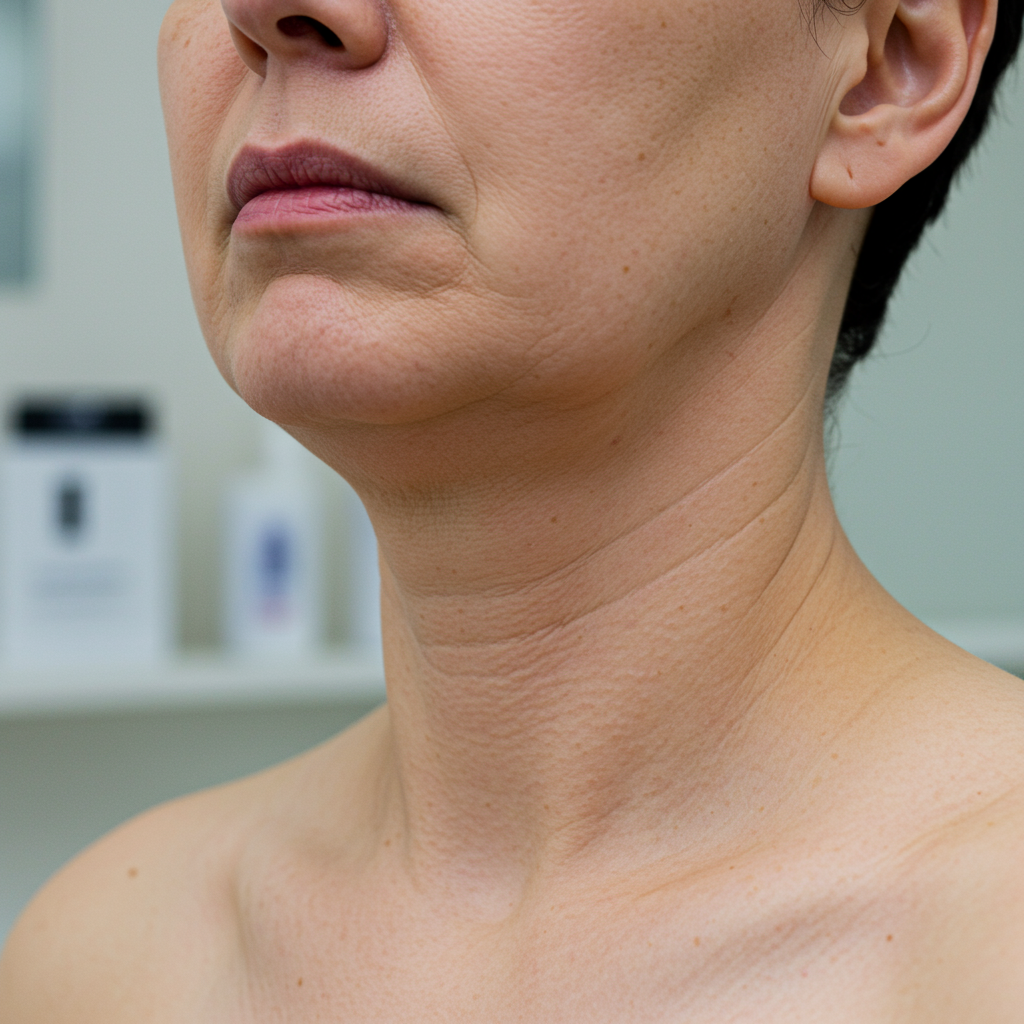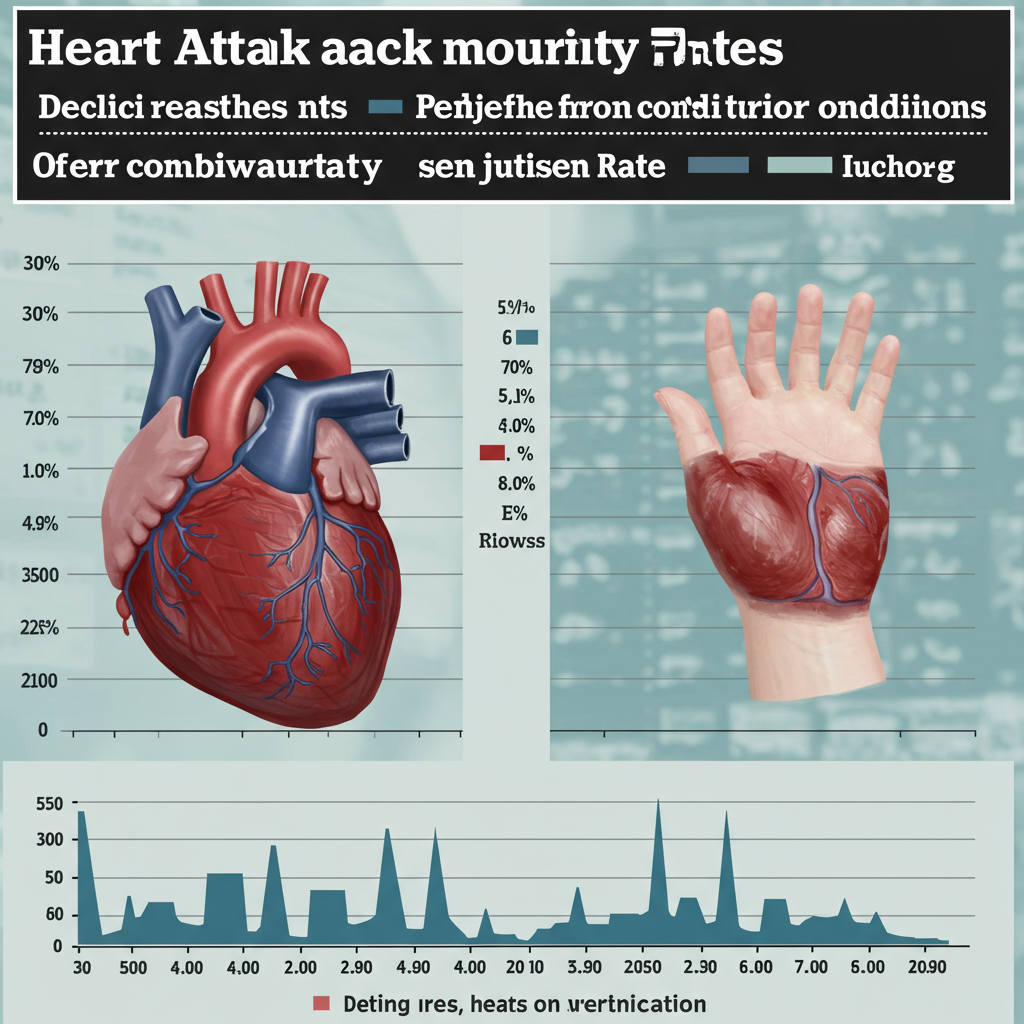Rapid weight loss, often a remarkable benefit of GLP-1 medications like Ozempic, comes with an unintended aesthetic challenge: pronounced skin sagging. This phenomenon, widely dubbed “Ozempic Body” or “GLP Face,” has led to a surge in demand for innovative cosmetic treatments. Hollywood, at the forefront of beauty trends, is actively embracing a new wave of solutions to combat this skin laxity, from advanced in-office procedures to specialized topical products. The goal is to restore youthful volume and firmness, ensuring the body’s appearance matches the significant health benefits achieved through weight management.
The Unpacking of “Ozempic Body”: Why Rapid Weight Loss Causes Sagging Skin
While GLP-1s (glucagon-like peptide-1s) are celebrated for their ability to suppress cravings, aid in satiety, and even reduce inflammation, they do not defy the laws of gravity. When weight is lost quickly, particularly large amounts, the skin, which has expanded to accommodate the prior volume, often struggles to retract. This rapid reduction can lead to a noticeable loss of structural support beneath the skin.
This phenomenon isn’t just about excess skin; it’s also about the depletion of key components that maintain skin’s youthful appearance. Rapid fat loss can reduce the underlying fat pads that give the face and body fullness. Simultaneously, collagen and elastin, essential proteins that provide skin with its elasticity and firmness, can be diminished, leading to a “crepey” texture and noticeable drooping. This combination creates the characteristic “Ozempic Body” or “GLP Face” appearance, which can affect areas from the face and neck to the abdomen, arms, and thighs.
Pioneering Treatments: Cutting-Edge In-Office Solutions
Cosmetic experts are quickly adapting to this emerging need, developing specialized protocols to address GLP-1-related skin laxity. These treatments often combine various modalities to achieve comprehensive restoration.
Restoring Volume and Tightness with Strategic Approaches
Many top practitioners are employing a multi-faceted strategy to counteract volume loss and tighten skin. New York-based surgeon Dr. Macrene Alexiades, for instance, has developed a specialty in reversing GLP-1 sagginess. Her successful approach often involves a combination of radiofrequency treatments, known for their ability to induce skin tightening, alongside Platelet-Rich Plasma (PRP) therapy. PRP harnesses the body’s own growth factors to stimulate collagen production and cellular regeneration. This is further complemented by artful, strategic placement of dermal fillers. These fillers are crucial for restoring lost volume in areas that have experienced atrophy, effectively replenishing the youthful contours. Dr. Alexiades notes that typically, just two treatment sessions, spaced about a month apart, are often sufficient for achieving significant correction and restoration.
Dermatologist Dr. Simon Ourian focuses on rebuilding the depleted collagen and muscle mass that frequently accompany rapid weight loss. His proprietary “Neustem regenerative protocol,” a hyaluronic acid-based solution, is designed to rebuild structural support and enhance muscle tone. This unique protocol aims to restore vitality to both the face and body without the common risk of overfilling. For body areas such as the abdomen, arms, and thighs, Dr. Ourian combines these regenerative solutions with energy-based skin tightening and contouring procedures. This dual approach addresses loose skin while simultaneously improving definition.
Innovative Scarless Skin Removal: Ellacor Micro-Coring
For those dealing with more pronounced crepey skin, particularly on the face, neck, arms, abdomen, legs, and back, some dermatologists are recommending advanced, minimally invasive techniques. Dr. Paul Jarrod Frank champions a second-generation scarless skin removal method known as Ellacor fractional micro-coring. Unlike traditional microneedling, which creates tiny punctures and delivers heat, Ellacor physically removes just under a millimeter of skin tissue. This process is performed thousands of times across the target area, effectively coring out a significant percentage of skin with each session.
The key advantage of Ellacor is its ability to remove, lift, and tighten skin without requiring more aggressive surgical intervention. The tiny holes created by the procedure typically close within 24 hours, leading to a remarkably fast recovery period, often within five days. This makes it an appealing option for individuals seeking noticeable tightening without the extensive downtime associated with surgical lifts.
Comprehensive Solutions and the Role of Facelifts
Beverly Hills dermatologist Dr. Rhonda Rand, known for her celebrity clientele, often recommends a combination of facial fillers to restore lost volume. These are paired with radiofrequency microneedling, which helps to tighten the skin from within, and high-intensity focused ultrasound (HIFU), designed to stimulate collagen production at deeper levels of the skin.
While non-invasive procedures are highly effective for many, Dr. Rand highlights that in severe cases of facial wasting, where skin sagging is extensive, non-invasive methods may not be enough. In such instances, a facelift could be the most appropriate course of action. Modern facelifts have evolved significantly, moving beyond the “pulled” look of the past. Techniques like SMAS (superficial muscular aponeurotic system) and deep plane facelifts offer natural-looking results by repositioning deeper facial structures. While often considered a more significant procedure, the enhanced techniques and increasing social acceptance in Hollywood mean facelifts are now viewed as a refined option for dramatic and lasting rejuvenation.
The Rise of Targeted Skincare: Addressing GLP-1 Effects Topically
The ripple effect of GLP-1 popularity extends beyond in-office treatments, driving innovation in the skincare product market. Brands and practitioners are developing topical solutions specifically formulated to combat the effects of rapid weight loss on the skin.
Chicago-based plastic surgeon Dr. Julius Few has introduced products tailored for GLP-1 users. His “DermaReverse serum” aims to address “GLP Face” by supporting facial volume. He also offers a “Skin Tightening + SPF 30 with Dermatight” product designed to target sagging and laxity on the body. Similarly, Image Skincare, a brand with a strong Hollywood following, has launched “Vol.U.Lift.” Developed by the company’s plastic surgeon co-founder, this product specifically targets volume loss, sagging, and other side effects associated with GLP-1 usage, offering an at-home supportive solution for maintaining skin integrity.
Navigating Your Options: Beyond the Hollywood Hype
The “Ozempic Body” phenomenon has undeniably launched a dynamic new sector within the aesthetic industry. For individuals experiencing skin laxity due to rapid weight loss, understanding the range of available options is key. It’s crucial to consult with a board-certified dermatologist or plastic surgeon who has specific expertise in treating GLP-1-related skin changes. They can assess your unique needs, discuss realistic expectations, and recommend a personalized treatment plan.
While Hollywood celebrities are increasingly transparent about their cosmetic enhancements, making plastic surgery a less secretive topic, it’s vital for consumers to conduct thorough research. Higher fees don’t always guarantee superior quality; vetting a surgeon’s experience, specialization, and patient outcomes remains paramount. Whether opting for minimally invasive procedures or considering surgical intervention, a personalized and informed approach ensures the best possible results. This evolving field is continuously delivering innovative ways to restore confidence and skin vitality, making the journey to a healthier weight a truly transformative experience.
Frequently Asked Questions
What exactly causes “Ozempic Body” skin sagging?
“Ozempic Body” refers to the sagging or loose skin that can result from rapid and significant weight loss achieved through GLP-1 medications like Ozempic. When fat is lost quickly, the skin, which has stretched over time, may not have enough elasticity to retract and conform to the new, smaller body shape. This is compounded by the natural decline in collagen and elastin production, which provide skin its firmness and elasticity. The sudden loss of underlying fat pads also contributes to volume depletion, making skin appear more lax and crepey, particularly on the face, neck, and limbs.
Which types of doctors specialize in treating GLP-1 related skin laxity?
Specialists who commonly treat GLP-1 related skin laxity include board-certified dermatologists and plastic surgeons. Many of these experts, such as Dr. Macrene Alexiades, Dr. Simon Ourian, Dr. Paul Jarrod Frank, and Dr. Rhonda Rand, have developed specific protocols and utilize a range of advanced technologies. These can include radiofrequency, microneedling, PRP, specialized dermal fillers, fractional micro-coring (like Ellacor), and high-intensity focused ultrasound (HIFU). When choosing a practitioner, look for those with a proven track record in body contouring and skin tightening procedures, ideally with experience addressing rapid weight loss side effects.
Are non-surgical treatments effective for “Ozempic Body,” or is surgery always needed?
Many non-surgical treatments are highly effective for mild to moderate “Ozempic Body” skin laxity. Procedures like radiofrequency, microneedling with PRP, and strategically placed dermal fillers can significantly improve skin firmness, stimulate collagen, and restore lost volume. Ellacor fractional micro-coring also offers a minimally invasive way to physically remove small amounts of skin for tightening. These non-surgical options typically involve less downtime and risk compared to surgery. However, for severe cases of extensive skin sagging or facial wasting, as noted by Dr. Rhonda Rand, non-invasive procedures may not be sufficient, and surgical options like a facelift or body lift might be more appropriate to achieve optimal results. A consultation with a qualified specialist is essential to determine the best course of action.




